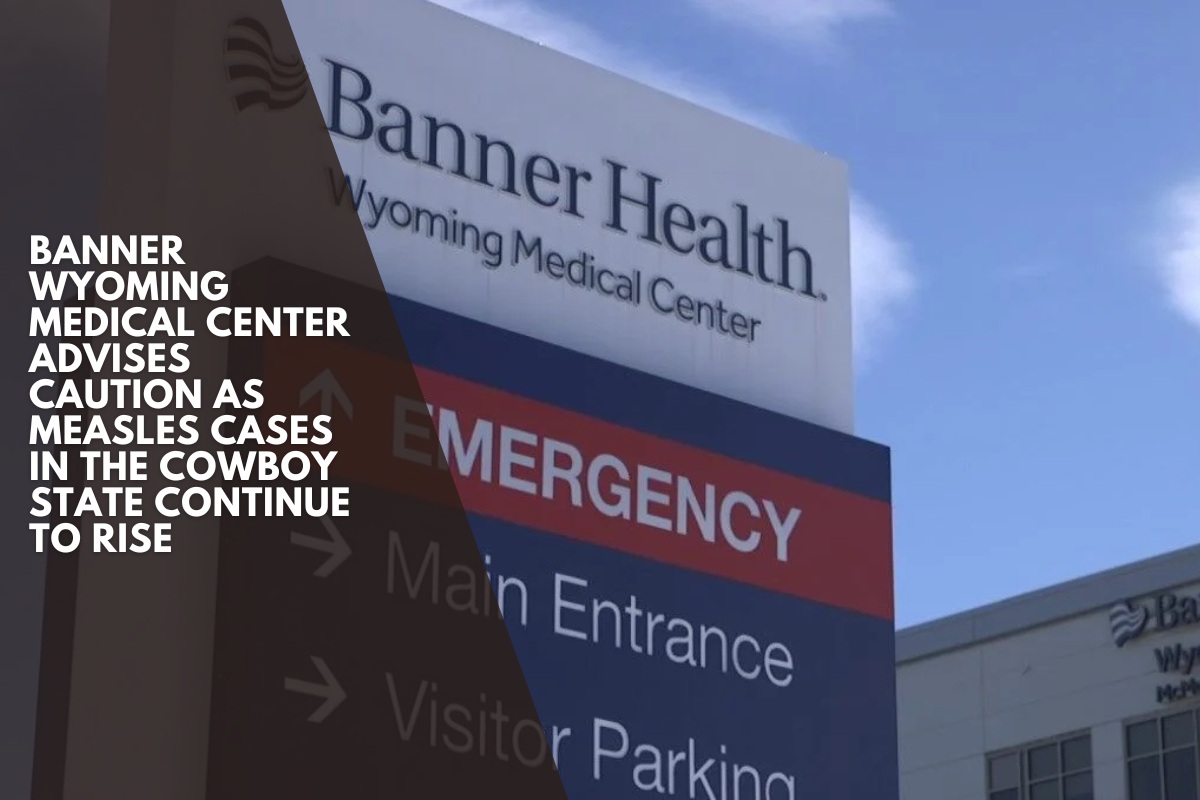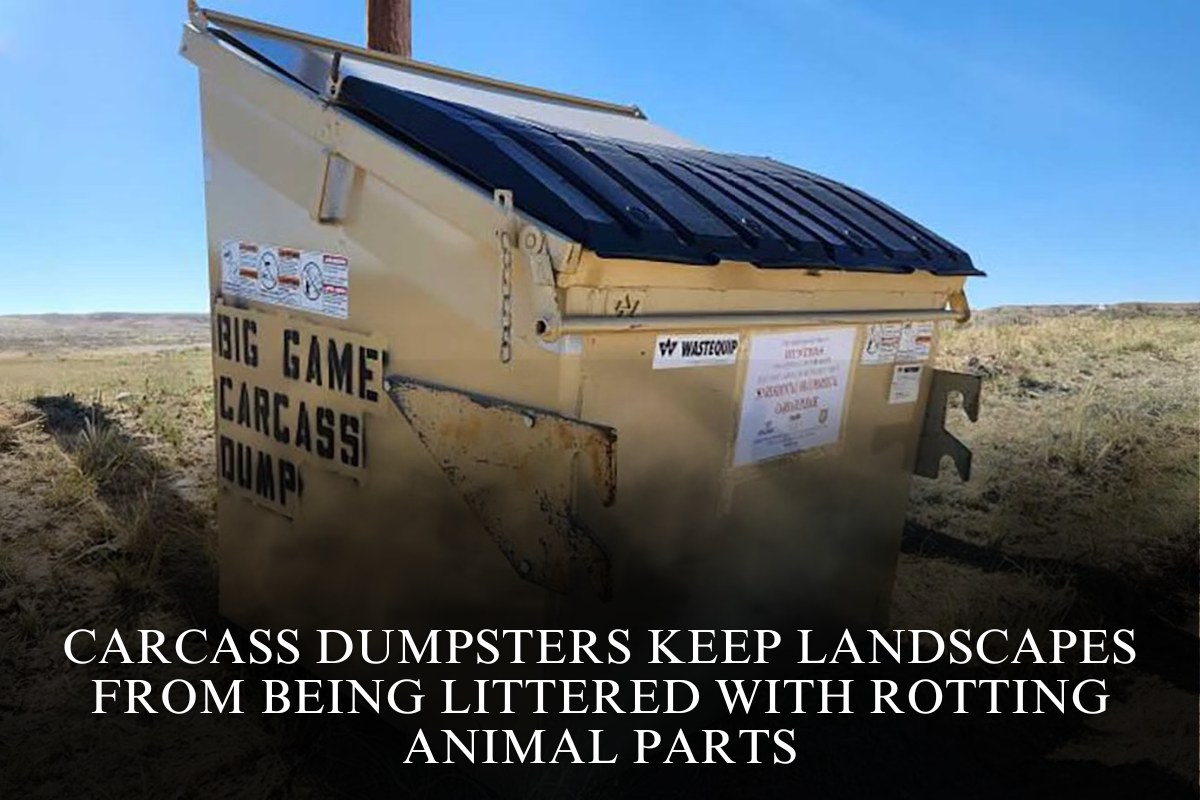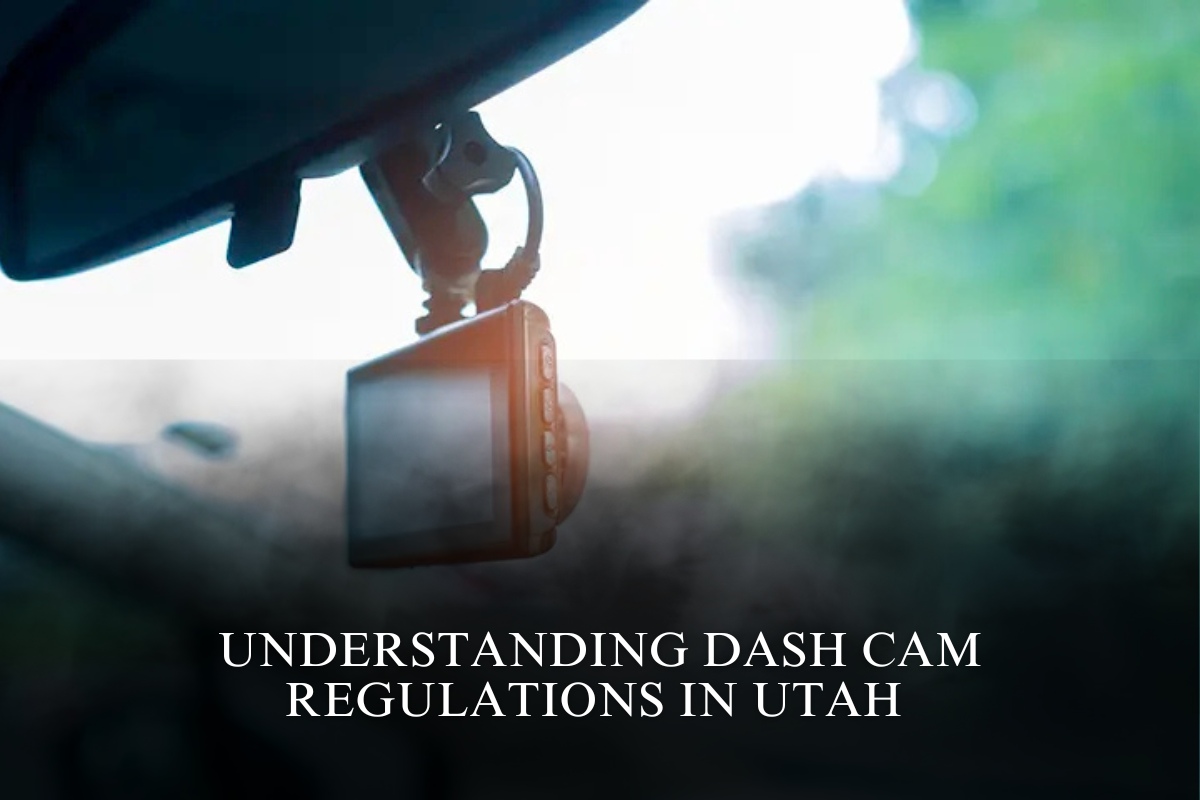Casper, Wyo. – At the beginning of August, the Wyoming Department of Health confirmed the state’s seventh measles case.
The WDH reported four additional cases of measles in Carbon County on August 2. The four cases included both adults and children; three were unvaccinated at the time of exposure, while one was vaccinated but immunocompromised.
These four new confirmed measles cases bring the Cowboy State’s total to seven, with additional confirmed cases in Natrona and Niobrara County. With a rise in cases of a disease declared eradicated a quarter century ago, Banner Wyoming Medical Center is urging caution.
“Measles is an extremely contagious and infectious virus that is airborne; it was one of the few viruses and organisms transmitted through the air,” explains Ismaeel Bakhsh, MD, a pediatrician at Banner Health. Bakhsh goes on to say that in a building or a room, if someone is infected, even if you are more than six feet apart, everyone in the vicinity is at risk of contracting measles.
When it comes to the signs and symptoms of measles, you typically expect a rash from head to toe; however, Bakhsh explains that signs and symptoms appear before the rash. “The few symptoms that appear initially is going to be high fevers, and look a lot like a bad cold.” He goes on: “There’s going to be some cough, some nasal congestion, or runny nose, and sort of a pink eye, that’s the classic how measles is going to be present.” With initial signs and symptoms similar to those of a bad cold, Bakhsh says it can be difficult to tell whether it’s measles or not, and emphasizes the importance of seeing your primary care doctor.
“A physician can detect, there’s a few spots that appear in a patients mouth with measles inside of the cheeks, called Koplix spots, they’re kind of blueish, whiteish dots that may appear, and these dots may indicate early signs of measles.” Bakhsh explains that after 3 to 4 days of fever, a rash will appear. “It’s sort of flat, sometimes raised, reddish that starts typically on the face, and starts going down on the body and then to the extremities.”
Bakhsh reassures that, while not every rash is caused by measles, it does raise the question of how many other cases are being reported, stating that many other viruses cause a rash. “When it comes to measles, fevers starts first, and once the rash appears, both the fever and rash are co-existing.” While measles primarily affects children, adults, pregnant women, and immunocompromised individuals can become infected.
Measles was declared eliminated nearly a quarter century ago, but according to the CDC, there have been more measles cases reported in the United States in the last month, with at least 89 confirmed cases since the beginning of July, than in most years since the disease was declared eliminated.
Bakhsh believes that the recent increase in confirmed cases has to do with vaccination rates. “In the epidemiology of infectious disease, there’s something called herd immunity, and this is in most infectious cases, particularly with measles, if we achieve 95% immunity, we confer the immunity to other individuals.” he continues, “It’s sort of like if I have measles, and you are immune to measles, and then there is someone who is not immune, but you sort of come in between to break that infectivity of the virus, so to achieve that, we usually need 95% immunization.
Bakhsh explains that the last time he checked the immunity rate in Wyoming specifically, the Cowboy State was at 93%. Bakhsh says, “We’re a little bit below that threshold, which could explain why it’s spreading, and I assume it’s about the same rate in other states where measles has been detected.”
So, how can you best protect yourself and your loved ones from contracting measles? “The most important thing is vaccination, and as I said a lot of times people are not vaccinated for various reasons.” Bakhsh keeps going: “Then it comes down to there’s something called post exposure prophylaxis, so if somebody knows they were exposed to the measles virus, it is important to inform their medical providers immediately.”
Bakhsh explains that, especially in children, physicians can do things to prevent measles from occurring, but only within 72 hours of exposure. “It may include giving the measles vaccine right away post exposure, or it may include giving the patient an immunoglobin, sort of a passive immunity to the measles right after their exposed.”
Bakhsh goes on to say that in pediatrics, the vaccine I approved was initially for children as young as six months old, but that the CDC and the American Academy of Pediatrics do not recommend giving it to all children routinely. “Just like kids have developmental milestones, think of it they have immunity milestones as well.”
He goes on: “Their immunity reaches it’s maturity around the age of 1, having said that if babies have been exposed to measles, or cases start increasing in the community, younger than 1, babies are still eligible to get the vaccine, that however is not going to count as a routine pediatric vaccination.” This means that once the child reaches the age of one or four, he or she must still receive the standard measles vaccination.
Doctor Bakhsh also wants to clear up a misconception about Vitamin A and its role in measles. “Now there is some scientific evidence that Vitamin A reduces measles mortality and morbidity, but that does not mean that it will cure it or help it spread to other patients.”
The World Health Organization recommends that anyone with measles receive Vitamin A therapy under close medical supervision, but it is important to note that it is not a cure and does not prevent disease transmission.
So, what are the complications for people who have been infected with measles? “For the most part it’s going to be controlling the temperature, just like a cold, and then having a well hydration status.” Bakhsh goes on: “One of the most common complications, which is about 10% of cases, is a pulmonary infection or pneumonia, which may end up in hospitalization and unfortunately it’s the leading cause of death in children with measles.” Other complications may occur, but they are much less common and more serious.
Bakhsh states that the first dose of measles vaccination is typically given at the age of one, and the second dose is given at the age of four, with the first dose providing 93% immunity and the second providing 97% immunity; however, he adds that this may change. “So the CDC defines a measles breakout, if there are 3 or more cases in a community such as Casper, so as of now there’s one confirmed case in Casper, so by definition this is not an outbreak yet.”
In Casper’s common pediatric practice, no changes have been made; children continue to receive vaccinations at ages one and four, but if cases continue to rise, this may change. “We may start giving from as young as 6 month’s of life but as I said that is not going to count as a routine pediatric vaccine, because that immunity probably just short term, and it’s going to go away.”
Whether you’re vaccinated or not, young or old, if you suspect you’ve been exposed to measles, Bakhsh advises you to contact your primary care doctor right away.












